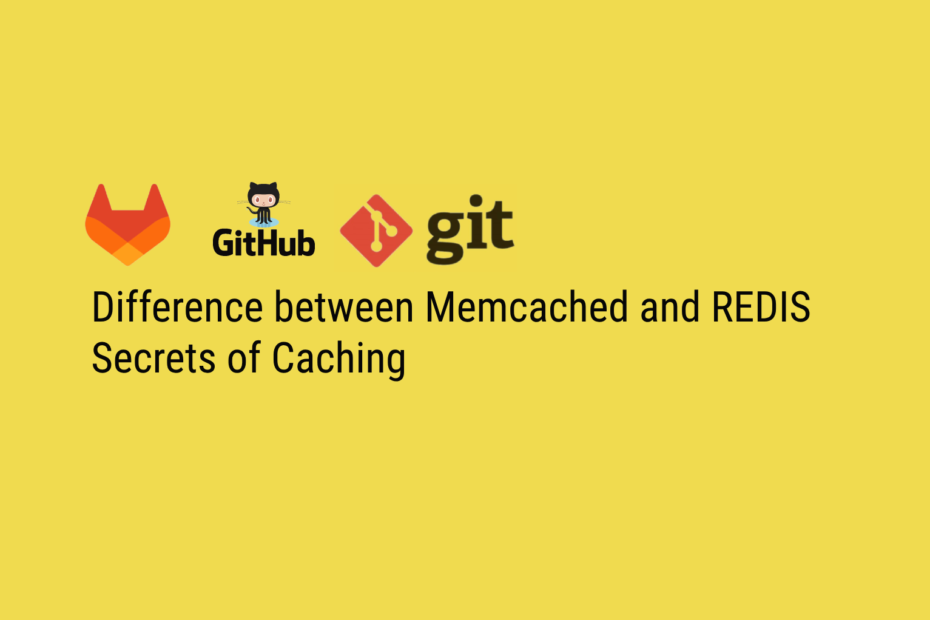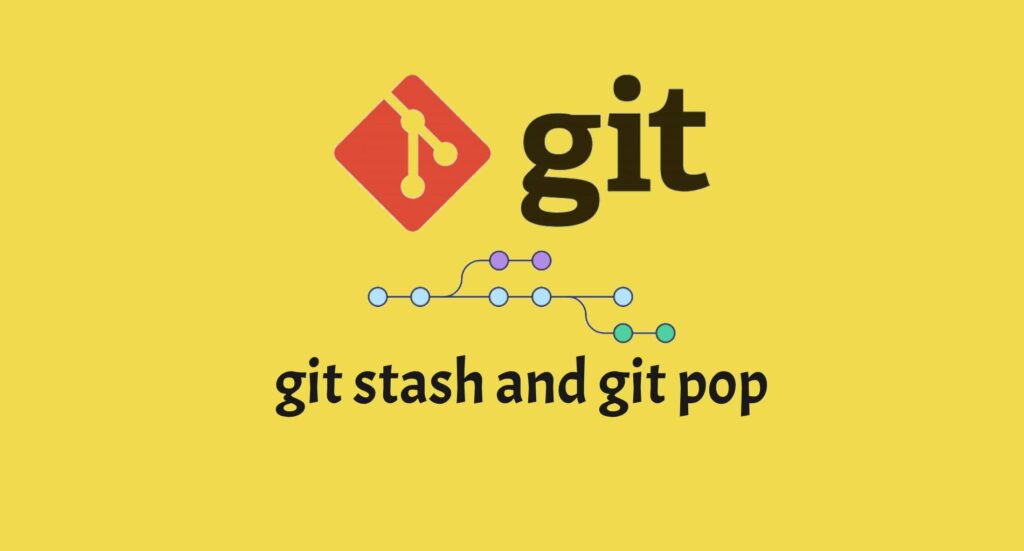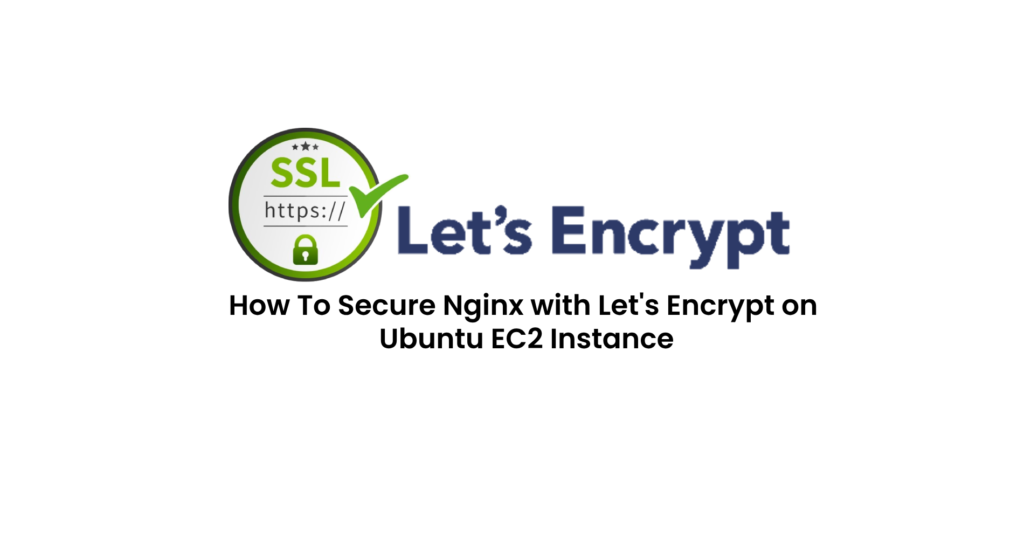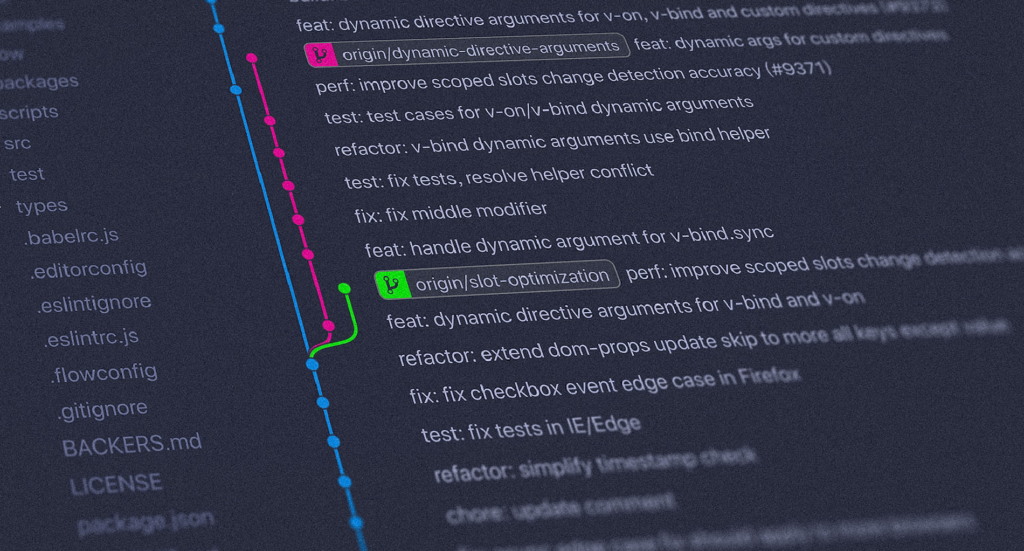Introduction
Speed and efficiency are critical in the ever-changing world of web development. Effective caching is one of the pillars of obtaining peak performance. Caching reduces database load and speeds up data retrieval. Memcached and REDIS are two of the most popular caching solutions available. In this post, we will examine the differences between Memcached and REDIS, focusing on their distinct capabilities, use cases, and benefits. So, let us begin our quest of discovery.
Difference between Memcached and REDIS
Caching solutions are critical in improving the performance of websites and applications. Memcached and REDIS, on the other hand, have specific qualities that define them distinctive. These distinctions will be discussed in depth further below.
Memcached: The Lightning-Fast Cache
Memcached is a distributed, in-memory caching system with high performance. It is intended to be simple and quick. Here are the significant distinctions:
Data Storage
- Memcached primarily stores data in the form of key-value pairs.
- It’s ideal for caching simple data structures like strings and numbers.
Speed and Scalability
- Memcached shines in read-intensive scenarios.
- It is extremely quick and can handle a large number of read requests.
- Memcached scales horizontally easily, making it suited for large-scale applications.
Cache Invalidation
- For cache expiration, Memcached employs a timeout mechanism.
- It does not have built-in functionality for complicated cache invalidation.
Example of Using Memcached in Node.js
// Import the Memcached library
const Memcached = require('memcached');
// Create a new Memcached instance
const memcached = new Memcached('localhost:11211'); // Replace with your Memcached server address
// Set a key-value pair in Memcached
memcached.set('myKey', 'Hello, Memcached!', 3600, function(err) {
if (!err) {
console.log('Data stored in Memcached successfully.');
} else {
console.error('Error storing data in Memcached:', err);
}
});
// Retrieve data from Memcached
memcached.get('myKey', function(err, data) {
if (!err) {
console.log('Data from Memcached:', data);
} else {
console.error('Error retrieving data from Memcached:', err);
}
});
In this example, we showcase how Memcached can be used to store and retrieve data in a Node.js application.
REDIS: The Versatile Data Store
REDIS, on the other hand, is frequently referred to as a data structure server. It’s well-known for its adaptability and superior features. Let’s look into what makes REDIS unique:
Data Storage
- REDIS can store a variety of data types such as strings, lists, sets, and more.
- It is not confined to key-value pairs, therefore it can be used for a broader range of applications.
Speed and Scalability
- REDIS is extremely fast, especially for write-intensive activities.
- It allows for master-slave replication, which improves data availability and fault tolerance.
Cache Invalidation
- REDIS provides granular control over cache expiration.
- It offers sophisticated cache eviction policies as well as pub-sub methods.
Example of Using REDIS in Node.js
// Import the Redis library
const redis = require('redis');
// Create a Redis client
const client = redis.createClient({ host: 'localhost', port: 6379 }); // Replace with your Redis server address
// Set a key-value pair in Redis
client.set('myKey', 'Hello, REDIS!', function(err) {
if (!err) {
console.log('Data stored in REDIS successfully.');
} else {
console.error('Error storing data in REDIS:', err);
}
});
// Retrieve data from Redis
client.get('myKey', function(err, data) {
if (!err) {
console.log('Data from REDIS:', data);
} else {
console.error('Error retrieving data from REDIS:', err);
}
});
In this REDIS example, we demonstrate how to store and retrieve data using REDIS in a Node.js application.
Use Cases: When to Choose Memcached or REDIS
The decision between Memcached and REDIS is heavily influenced by your individual use case and requirements. Let’s look at some cases where each caching technology excels.
When to Choose Memcached
Read-Heavy Applications: If your application primarily involves read operations, Memcached’s lightning-fast read capabilities make it an excellent choice.
Simplicity: Memcached’s straightforward setup and configuration are perfect for projects that require a hassle-free caching solution.
Horizontal Scaling: When you anticipate the need for horizontal scaling to handle increased load, Memcached is a reliable option.
When to Choose REDIS
Versatility: REDIS’s support for various data types and advanced data structures makes it ideal for applications with complex data storage needs.
Write-Heavy Applications: For applications that heavily rely on write operations, REDIS’s efficient write capabilities stand out.
Cache Invalidation: When your project demands precise control over cache expiration and advanced cache management, REDIS offers the necessary features.
Frequently Asked Questions (FAQs)
Can I use both Memcached and REDIS in the same project?
Yes, both Memcached and REDIS can be used in the same project. Memcached can handle read-heavy activities in this configuration, while REDIS handles complex data structures and cache invalidation.
Is one caching technology inherently better than the other?
No, neither Memcached nor REDIS is superior in every way. The decision is based on the exact requirements and workload of your project.
Are there any performance differences between Memcached and REDIS?
Yes, Memcached excels in read-heavy scenarios, while REDIS performs exceptionally well with write-heavy workloads.
Are Memcached and REDIS suitable for small-scale projects?
Both Memcached and REDIS can be used in projects of varying sizes. Your choice should align with the specific requirements of your project.
Related Articles
Difference Between Git Stash Pop And Git Stash Apply
What Is Git Stash And Why Do You Need It?
Git Delete Remote Branch – How To Remove A Remote Branch In Git
MongoDB Interview Questions And Anwers
Conclusion
In the realm of web development, selecting the correct caching technology can have a huge impact on the performance and efficiency of your project. Memcached and REDIS are both powerful tools, each with their own set of advantages and disadvantages. Understanding the distinction between Memcached and REDIS is essential for making an informed choice. Whether you choose the lightning-fast simplicity of Memcached or the adaptability of Redis.






